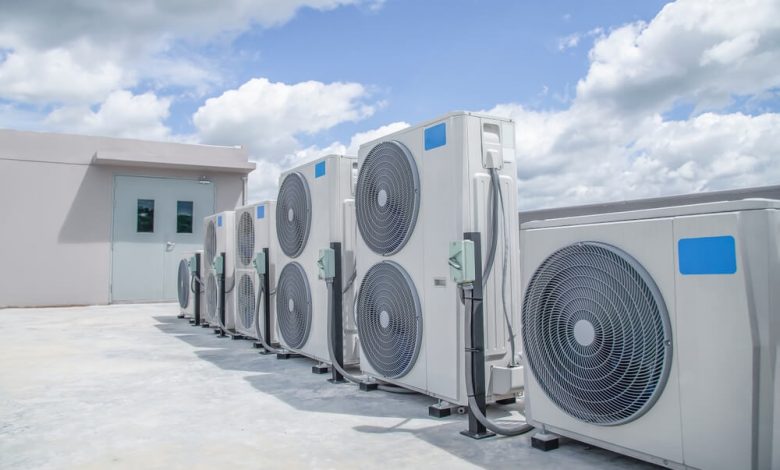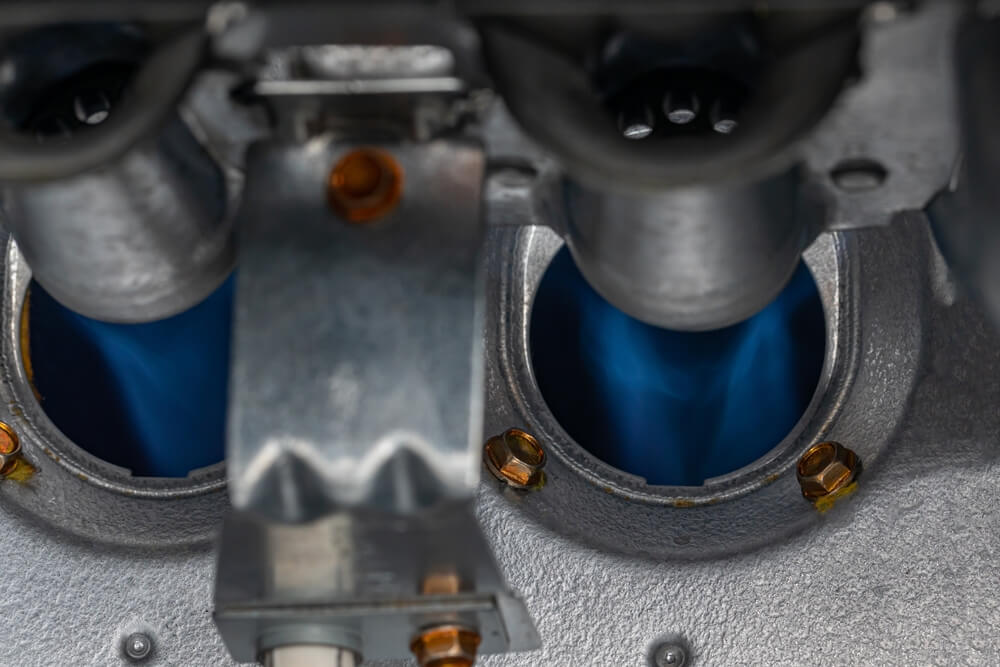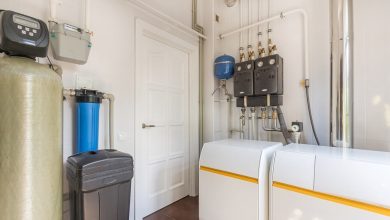What Does HVAC Stand For and How Does It Work?

Modern buildings rely on HVAC systems for comfort and air quality. But what is HVAC, and how do these systems function? This guide covers the basics of Heating, Ventilation, and Air Conditioning (HVAC) systems. We’ll explain their components, how they regulate indoor environments, the heating mechanisms like furnaces and heat pumps, and the importance of ventilation for air quality. We’ll also emphasize regular maintenance to keep your HVAC system efficient. Join us to learn all about these essential systems.
Understanding the Basics of HVAC Systems
Understanding the meaning of HVAC begins with breaking down its components. Heating refers to the system’s ability to generate warmth during cold seasons through various methods such as furnaces, boilers, or heat pumps. Ventilation involves the exchange of indoor and outdoor air to improve air quality by removing contaminants like dust and allergens. Air Conditioning focuses on cooling the indoor environment during hot weather by removing excess heat.
So, what is an HVAC system? In essence, it’s an integrated network of different technologies working together to ensure a comfortable indoor climate. Whether you’re dealing with extreme summer heat or winter chills, having a well-functioning HVAC system is essential for maintaining optimal living conditions year-round. Understanding these basics can help you make more informed decisions about installation, maintenance, and upgrades for your own HVAC needs.
The Components of an HVAC System Explained
An HVAC system, which stands for Heating, Ventilation, and Air Conditioning, is a complex assembly of various components working together to regulate indoor climate. Understanding the main parts of an HVAC system can help in maintaining and troubleshooting it effectively.
The primary components of an HVAC system include:
- Thermostat: Often considered the control center, the thermostat allows users to set their desired temperature. Modern thermostats are programmable and even smart-enabled for remote control via smartphones.
- Furnace: This is one of the largest and most crucial hvac components. The furnace heats air that is distributed throughout the building by ductwork or piping systems. It typically runs on natural gas, oil, or electricity.
- Heat Exchanger: Located inside the furnace, this component absorbs heat generated by combustion and transfers it to air or water circulating through the system.
- Evaporator Coil: Situated within or near the air handler unit, this coil cools down warm air when the AC is running. Refrigerant circulates through these coils absorbing heat from incoming air.
- Condensing Unit: Placed outside your home or building, this unit expels absorbed heat from indoors to outdoors via refrigerant flow between it and evaporator coils.
- Refrigerant Lines: These are metal tubes filled with refrigerant fluid that connect evaporator coils to condensing units enabling heat transfer processes essential for cooling cycles.
- Ductwork: The network of ducts distributes heated or cooled air from central units throughout different rooms ensuring uniform temperature distribution across spaces served by single hvac systems setup.
- Ventilation System (Vents & Registers): Vents allow treated air into rooms while registers provide pathways back into ductwork ensuring continuous airflow circulation necessary maintaining desired indoor conditions efficiently.
How Heating Works in an HVAC System

An HVAC heating system is a crucial component in maintaining indoor comfort during colder months. Understanding how heating works in an HVAC system can help homeowners make informed decisions about their heating solutions.
The core of many residential HVAC heating systems is the furnace. Furnace operation begins when the thermostat detects a drop in temperature and sends a signal to the furnace to start generating heat. The furnace burns fuel, typically natural gas, propane, or oil, to produce heat. This heat is then transferred to the air through a heat exchanger. Once heated, the air is distributed throughout the home via ductwork and vents.
Another option for heating within an HVAC system is a heat pump. Unlike furnaces that generate heat by burning fuel, heat pumps work by transferring heat from one place to another. During winter months, a heat pump extracts warmth from outdoor air (even when it’s cold) and moves it indoors. The process involves refrigerant cycling through various components like compressors and evaporators to absorb and release heat efficiently.
Both furnaces and heat pumps have their own advantages depending on climate conditions and energy preferences. Furnaces are known for their powerful heating capabilities in extremely cold weather, while heat pumps offer energy efficiency by utilizing existing outdoor air.
The Role of Ventilation in Maintaining Indoor Air Quality
Ventilation plays a crucial role in maintaining indoor air quality, ensuring that the air within a building remains fresh and free from pollutants. A well-designed ventilation system in HVAC (Heating, Ventilation, and Air Conditioning) is essential for effective indoor air quality control. The primary function of these systems is to facilitate the air exchange process, where stale indoor air is replaced with fresh outdoor air.
One of the significant benefits of proper ventilation is the removal of contaminants such as dust, allergens, and volatile organic compounds (VOCs), which can accumulate indoors and pose health risks. Additionally, adequate ventilation helps regulate humidity levels, preventing mold growth and reducing respiratory issues associated with damp environments.
Furthermore, proper ventilation contributes to energy efficiency by optimizing temperature control within a building. By ensuring that there is a consistent flow of fresh air while maintaining desired temperature levels, HVAC systems can operate more efficiently.
Incorporating an effective ventilation system in your HVAC setup not only enhances indoor air quality but also promotes overall health and comfort for occupants. Understanding the importance of the air exchange process and its benefits underscores why investing in proper ventilation solutions is vital for any indoor environment.
How Air Conditioning Works in an HVAC System (The Cooling Mechanism)
Understanding how an HVAC cooling system works can demystify the process and enhance your appreciation for this essential technology. At its core, the operation of an air conditioning unit within an HVAC system revolves around the refrigeration cycle.
To explain the HVAC cooling system, it’s important to first grasp the basic components involved: the evaporator coil, compressor, condenser coil, and expansion valve. These parts work together seamlessly to transfer heat from inside your home to the outside environment.
The refrigeration cycle begins with the refrigerant in a low-pressure gaseous state entering the compressor. The compressor then compresses this gas into a high-pressure, high-temperature vapor. This vapor travels to the condenser coil located outside your home. Here, it releases heat to the outdoor air as it condenses into a high-pressure liquid.
Next, this liquid refrigerant flows through an expansion valve where it undergoes rapid expansion and becomes a low-pressure liquid-gas mixture. This cold mixture then enters the evaporator coil inside your home. As warm indoor air passes over these coils, heat is absorbed by the refrigerant causing it to evaporate back into a low-pressure gas while simultaneously cooling down your indoor environment.
This low-pressure gas returns to the compressor and starts its journey anew through this continuous cycle. This process effectively removes heat from indoors and expels it outdoors, maintaining a comfortable indoor climate.
The Importance of Regular Maintenance for Your HVAC System
Regular maintenance of your HVAC system is crucial for several reasons. Not only does it ensure the longevity of your equipment, but it also improves efficiency and reduces the likelihood of unexpected breakdowns. By adhering to a consistent maintenance schedule, you can save on energy costs and avoid costly repairs.
One of the primary hvac maintenance tips is to regularly replace or clean your air filters. Dirty filters can obstruct airflow, forcing your system to work harder and consume more energy. Another essential practice is inspecting and cleaning the coils. Over time, coils can collect dust and debris, which diminishes their ability to absorb heat.
Why maintain your hvac system? The answer lies in both comfort and cost-effectiveness. A well-maintained system provides consistent temperature control throughout your home while operating at peak efficiency. This not only enhances comfort but also translates into lower utility bills.
Common maintenance practices for hvac system longevity include checking refrigerant levels, ensuring proper thermostat calibration, and inspecting ductwork for leaks or blockages. Regular professional inspections are also recommended to identify potential issues before they escalate into major problems.
Regular HVAC maintenance is an investment in the performance and durability of your system. By following these simple yet effective practices, you can enjoy a comfortable living environment while maximizing the lifespan of your HVAC equipment.




